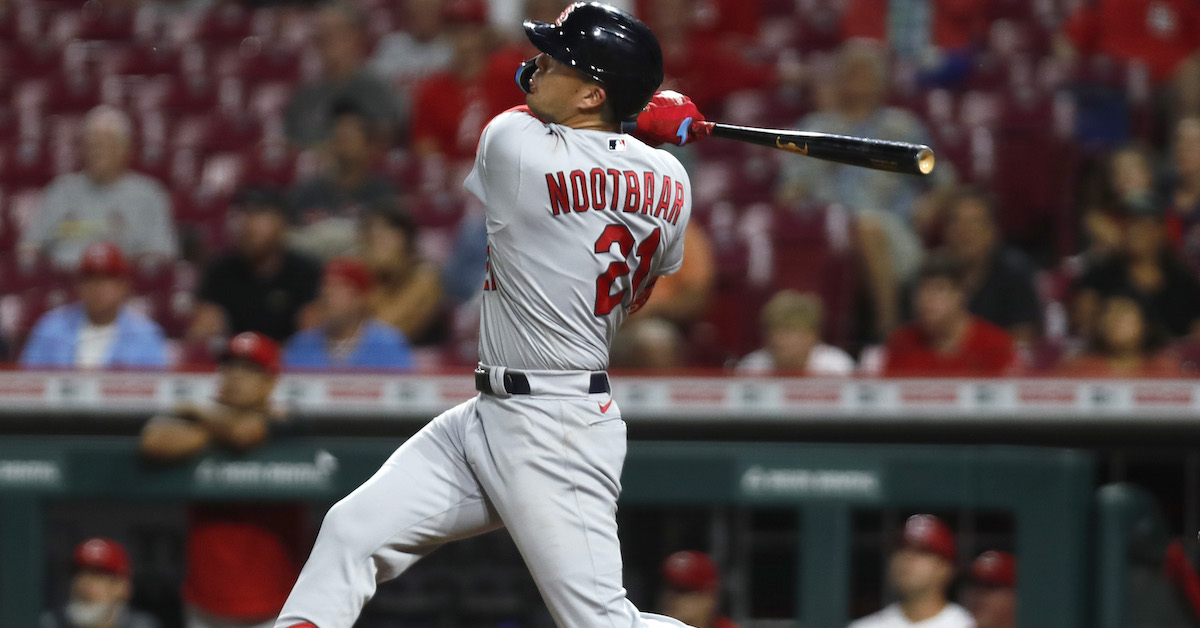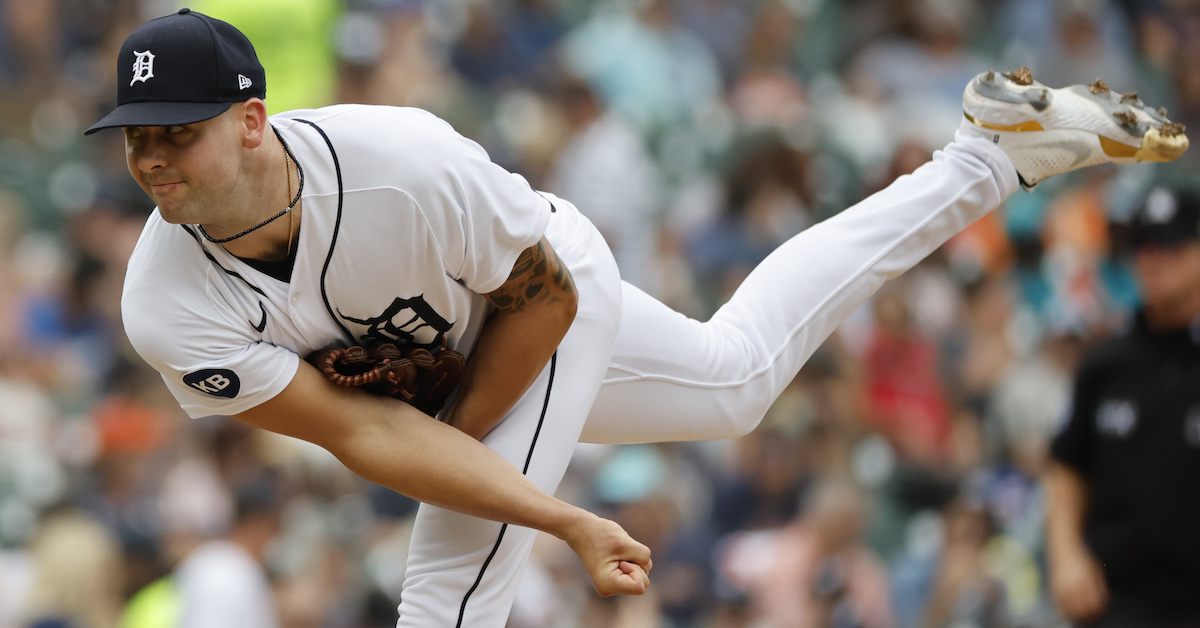Mariners Hold Onto Their Utility Knife, Extend Dylan Moore

While the Mariners’ front office has been rather quiet in terms of acquiring new free agents this offseason, they did plenty of work locking up their existing personnel before free agency opened, extending star outfielder Julio Rodríguez and starting pitcher Luis Castillo with combined guarantees up to $578 million. Now, they’ve agreed to a three-year extension with utility man Dylan Moore worth $8.875 million. This contract buys out his final two years of arbitration as well as his first season of free agency, keeping him in Seattle through his age-33 season.
Moore was a late bloomer, first making the Mariners roster in 2019 at the age of 26, and he’s primarily served in a utility and platoon role ever since. While his career wRC+ sits at exactly 100, that mark jumps to 112 against left-handers. The Mariners have done well to maximize his effectiveness by deploying him on his strong side as much as possible, especially last season, when nearly half of his plate appearances came against left-handed pitching, fourth-most among right-handed hitters.
Platoon usage rate often says more about a team than an individual player — plenty of everyday starters arguably should be sitting more against same-handed pitchers — but the Mariners have the right pieces to put Moore in advantageous situations, including a wide variety of left-handed counterparts like Kolten Wong, Jarred Kelenic, and Tommy La Stella.
| Name | % of PA With Platoon Advantage |
|---|---|
| Austin Slater | 56.0% |
| Diego Castillo | 54.1% |
| J.D. Davis | 50.1% |
| Dylan Moore | 47.8% |
| Darin Ruf 러프 | 47.2% |
| Evan Longoria | 43.3% |
| Michael Chavis | 42.5% |
| Chad Pinder | 41.7% |
| Keston Hiura | 41.0% |
| Tomás Nido | 39.3% |
It’s difficult to thrive exclusively as a right-handed platoon bat, though, given that a significant majority of pitchers are also righties. Players like Moore and Slater only got to face lefty opponents about half the time; sometimes a reliever comes in, sometimes a starter needs the day off regardless of who the other team has on the mound. Luckily, Moore also handles right-handed pitching decently well. His career wRC+ against them sits at 92, and last season, he had a .344 OBP and 117 wRC+ against fellow righties, a good mark for any big league hitter. He definitely has a stronger side, making more contact and drawing more free passes against southpaws, but he’s certainly not helpless on the other side of the platoon either. Read the rest of this entry »






